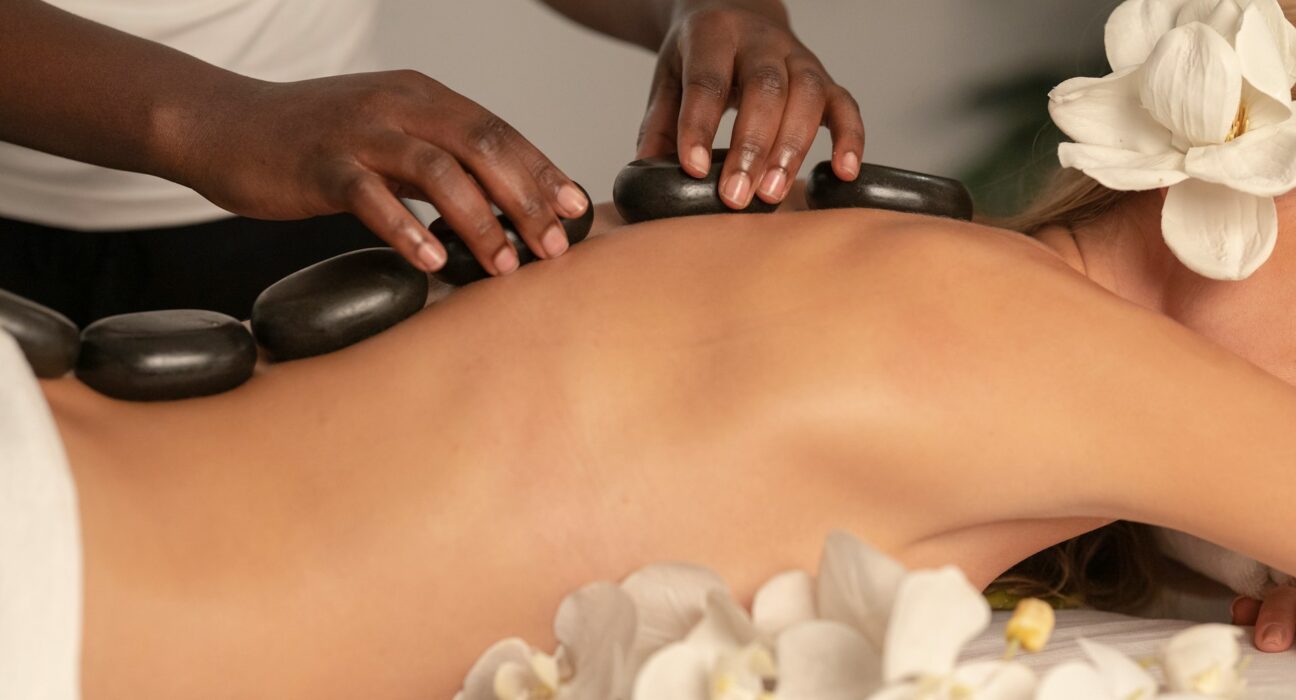Deciding between different types of massage therapy can feel overwhelming, especially when you’re looking for relief from stress or muscle pain. Two of the most popular options are the relaxation massage and the deep tissue massage. While both involve skilled hands-on techniques, they serve different purposes and offer unique benefits.
Understanding the key differences between them is essential for choosing the right treatment to meet your specific goals. Are you looking to unwind after a stressful week, or do you need to address chronic muscle tension and pain? This post will break down the characteristics of each massage style to help you make an informed decision and get the most out of your therapy session.
Whether you’re seeking gentle comfort or intensive muscle recovery, knowing what to expect can ensure you select the best approach for your body and well-being.
Understanding Relaxation Massage
A relaxation massage is designed to soothe the nervous system and promote a state of calm. It’s the type of massage that often comes to mind when people think of a spa day—gentle, calming, and focused on overall well-being rather than treating specific muscle issues.
Technique and Pressure
Therapists use long, flowing strokes, gentle kneading, and circular movements with light to moderate pressure. The primary goal is to help you relax, not to work out deep knots in your muscles. The smooth and rhythmic techniques encourage your body to release tension and stress.
Primary Benefits
- Stress Reduction: This is the main goal. The gentle touch helps lower cortisol (the stress hormone) and increase levels of serotonin and dopamine, which contribute to a feeling of well-being.
- Improved Circulation: The long strokes help improve blood flow throughout the body, delivering more oxygen and nutrients to your cells.
- Lowered Blood Pressure: The calming effect on the nervous system can lead to a temporary reduction in blood pressure.
- Mental Clarity: By allowing your mind to switch off, a relaxation massage can leave you feeling refreshed and mentally clear.
Who Is It For?
A relaxation massage is ideal for individuals who:
- Are new to massage therapy.
- Feel overwhelmed by stress and anxiety.
- Are sensitive to pressure.
- Want to unwind and practice self-care without focusing on specific pain points.
Exploring Deep Tissue Massage
In contrast, a deep tissue massage targets the deeper layers of muscle and connective tissue. It is a more focused and intense form of therapy designed to address chronic pain, muscle tightness, and specific musculoskeletal issues.
Technique and Pressure
This technique involves slow, deliberate strokes and firm pressure applied to concentrated areas. Therapists use their thumbs, forearms, and elbows to reach sub-layers of muscle and fascia. It can sometimes be uncomfortable, especially when the therapist is working on tight or knotted areas.
Primary Benefits
- Pain Relief: It’s highly effective for chronic pain, especially in the neck, shoulders, and lower back.
- Improved Mobility: By breaking up scar tissue and adhesions (“knots”), deep tissue massage can restore movement and reduce stiffness.
- Enhanced Muscle Recovery: It’s a popular choice for athletes and active individuals as it helps speed up muscle recovery by flushing out toxins and reducing inflammation.
- Postural Improvement: This massage can help release tight muscles that contribute to poor posture.
Who Is It For?
A deep tissue massage is best for people who:
- Suffer from chronic muscle pain or soreness.
- Have injuries, such as whiplash or falls.
- Are athletes or have physically demanding jobs.
- Have high levels of muscle tension that a relaxation massage can’t address.
Key Differences at a Glance
To make the choice clearer, here’s a simple comparison:
| Feature | Relaxation Massage | Deep Tissue Massage |
| Primary Goal | Stress relief, general relaxation | Pain relief, treating muscle issues |
| Pressure | Light to moderate | Firm to intense |
| Pace | Rhythmic and flowing | Slow and deliberate |
| Focus Area | Full body, superficial muscles | Specific problem areas, deep muscles |
| Sensation | Soothing and comfortable | Can be intense or uncomfortable |
Combining Approaches for Optimal Health
It’s not always an “either-or” situation. Sometimes, the best approach involves incorporating elements of both types of massage. You might start with a series of deep tissue sessions to address a specific injury and then move to regular relaxation massages for maintenance and stress management.
Many therapists offering the best physiotherapy and massage services can customize a session to meet your needs. For instance, they might use deep tissue techniques on your tight shoulders and then switch to more gentle, flowing strokes for the rest of your body. Communicating your goals with your therapist is crucial for getting the results you want.
Making Your Decision
Choosing between a relaxation and a deep tissue massage comes down to your primary goal.
- Choose a relaxation massage if: You need to de-stress, unwind, and treat yourself to a calming experience.
- Choose a deep tissue massage if: You have specific areas of pain, tightness, or injury that require focused, intensive work.
Don’t be afraid to ask your massage therapist for their recommendation. Based on your health history and current concerns, they can provide expert advice on which treatment will be most beneficial for you.
Your Path to Well-Being
Both relaxation and deep tissue massage offer significant health benefits, but they cater to different needs. By understanding their unique purposes and techniques, you can confidently select the massage that aligns with your wellness goals. Whether it’s melting away the stress of a long week or targeting persistent muscle pain, the right massage can make a world of difference.
Ready to take the next step? Discuss your needs with a qualified massage therapist or physiotherapist to create a personalized treatment plan that supports your journey to better health.

